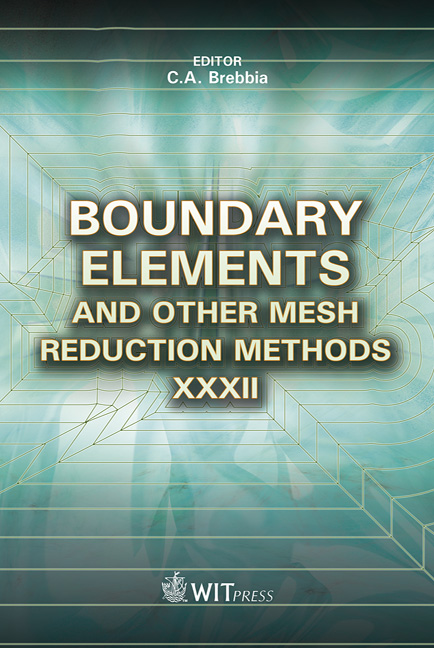A New Generalized Meshless Method Technique For Tracheobronchial Airflow Modeling
Price
Free (open access)
Transaction
Volume
50
Pages
11
Page Range
145 - 155
Published
2010
Size
378 kb
Paper DOI
10.2495/BE100131
Copyright
WIT Press
Author(s)
K. Erhart, E. Divo, A. Kassab, S. Gerace, A. Santhanam & P. Kupelian
Abstract
Numerous approaches to the implementation of Meshless methods have been developed and described over the last several years for a wide range of physical applications. Despite this wide range of applications and implementation approaches, few attempts have been made to combine the various schemes utilized throughout the Meshless research community in the hopes of achieving a more resilient and accurate Meshless method. This paper describes such a generalized Meshless approach that incorporates moving least squares, radial basis functions, and finite differencing into a unique Meshless-based solution framework. The development of this approach was stimulated by stability requirements that arise in the difficult geometries that appear in typical biological flow modeling applications. Therefore, this new approach is described in the context of tracheobronchial flow modeling for the prediction of thoracic tumor movement throughout the breathing cycle. Keywords: meshless methods, generalized finite differencing, porous lung flow. 1 Introduction The medical community is currently giving much attention to the idea of individualized medical treatment. Individualized treatment means that medication, surgery, and other procedures are selected based on the specific details of each patient, rather than through a more general disease based protocol. This process allows the use of drugs and treatments that may be harmful to some patients to be utilized successfully on those patients that have conditions and circumstances ideally suited to the treatment. The area of cancer treatment has been following
Keywords
meshless methods, generalized finite differencing, porous lung flow





